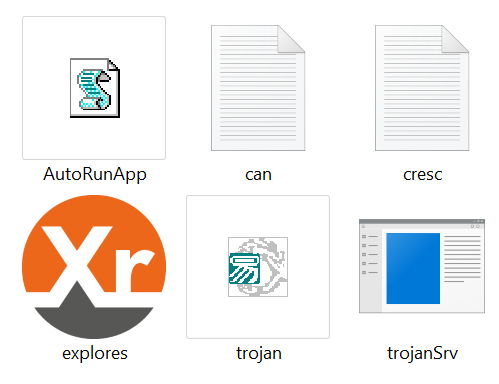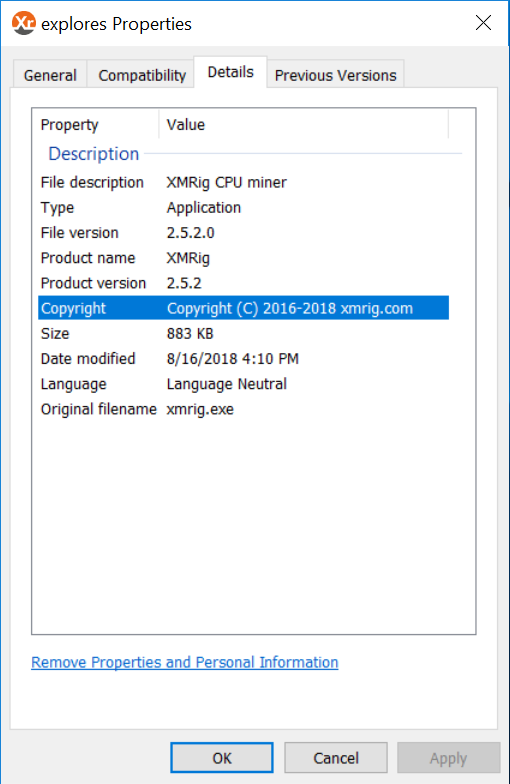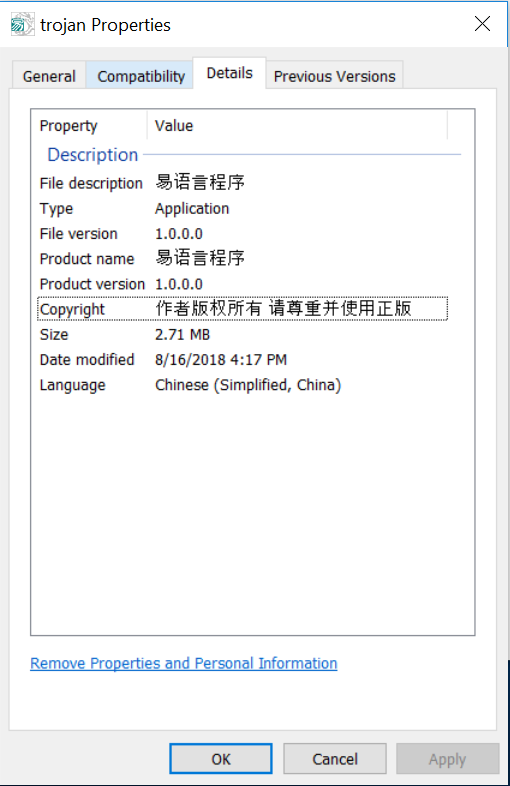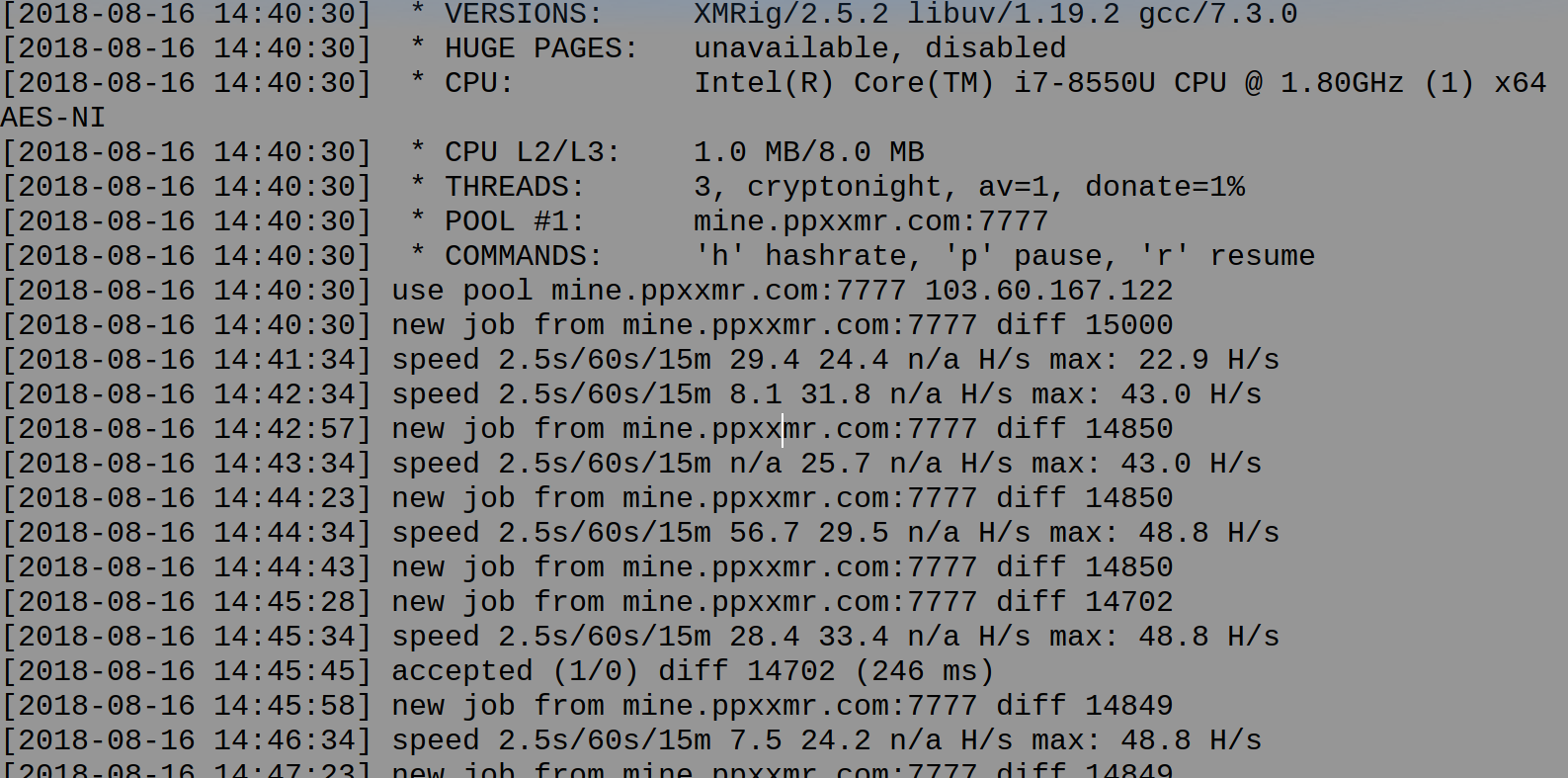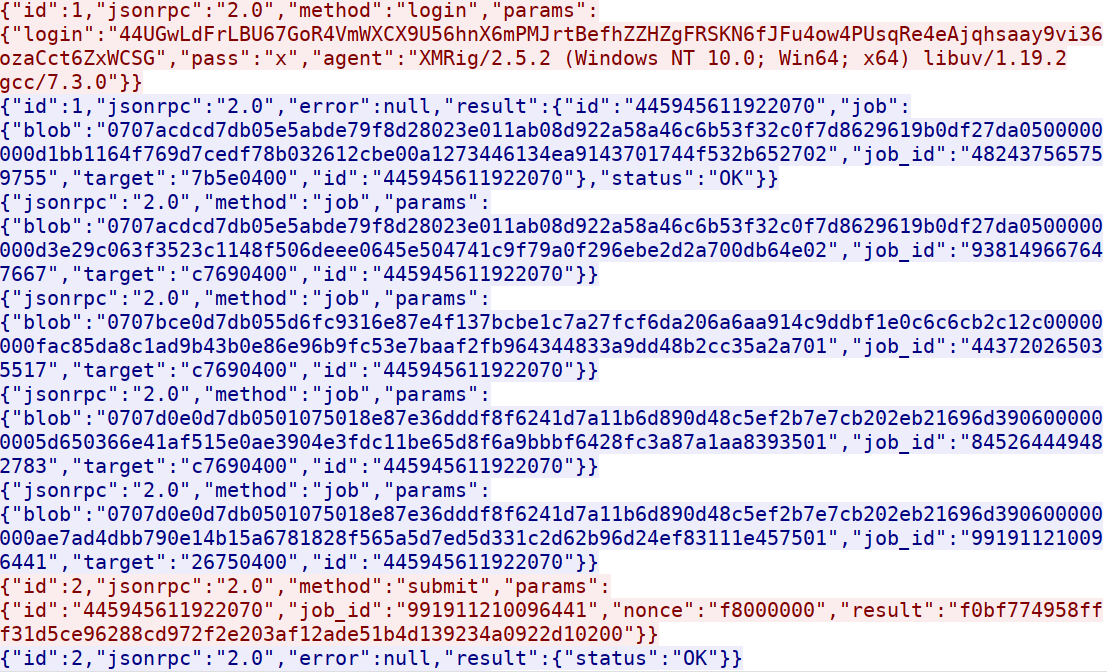New NIST Cybersecurity Policy Provides Guidance, Opportunities for SMBs
Small- and medium-sized business (SMB) are often one of the segments most targeted by cybercriminals. Now, SMBs are backed by legislation signed by U.S. President Trump and unanimously supported by Congress.
On Aug. 14, President Trump signed into law the new NIST Small Business Cybersecurity Act. The new policy “requires the Commerce Department’s National Institute of Standards and Technology (NIST) to develop and disseminate resources for small businesses to help reduce their cybersecurity risks.”
The legislation was proposed by U.S. Senators Brian Schatz (D-Hawai‘i) and James Risch (R-Idaho). This new policy is a follow-on effort to the Cybersecurity Enhancement Act of 2014, which was the catalyst for the NIST Cybersecurity Framework.
“As businesses rely more and more on the internet to run efficiently and reach more customers, they will continue to be vulnerable to cyberattacks. But while big businesses have the resources to protect themselves, small businesses do not, and that’s exactly what makes them an easy target for hackers,” said Senator Schatz, lead Democrat on the Commerce Subcommittee on Communications, Technology, Innovation, and the Internet, in an official statement. “With this bill set to become law, small businesses will now have the tools to firm up their cybersecurity infrastructure and fight online attacks.”
Per the NIST Small Business Cybersecurity Act (S. 770), within the next year the acting director of NIST, collaborating with the leaders of appropriate federal agencies, must provide cybersecurity “guidelines, tools, best practices, standards, and methodologies” to SMBs that are:
- Technology-neutral
- Based on international standards to the extent possible
- Able to vary with the nature and size of the implementing small business and the sensitivity of the data collected or stored on the information systems
- Consistent with the national cybersecurity awareness and education program under the Cybersecurity Enhancement Act of 2014
- Deployed in practical applications and proven via real-world use cases
The law follows the structure presented by U.S. Rep. Dan Webster (R-Florida) and passed by the House of Representatives. He originally presented the bill to the U.S. House Science, Space, and Technology Committee in March 2017.
SonicWall President and CEO Bill Conner also was instrumental in helping form the groundwork for U.S. cybersecurity laws. In 2009, Conner worked with U.S. Senator Jay Rockefeller (D-West Virginia) and other security-conscious leaders on the Cybersecurity Act of 2010 (S.773). And while the proposal was not enacted by Congress in March 2010, it served as a critical framework to today’s modern policies. Rockefeller was eventually the sponsor of the aforementioned Cybersecurity Enhancement Act of 2014 (S.1353), which became law in December 2014.
SMBs Highly Targeted by Cybercriminals, Threat Actors
According to a recent SMB study by ESG, 46 percent of SMB decision-makers said security incidents resulted in lost productivity in their small- or medium-sized business. Some 37 percent were affected by disruption of a business process or processes.
“Criminals target SMBs to extort money or steal valuable data, while nation states use small businesses as a beachhead for attacking connected partners,” wrote ESG senior principal analyst Jon Oltsik for CSO.
In fact, in July 2018 alone, the average SonicWall customer faced escalated volumes of ransomware attacks, encrypted threats and new malware variants.
- 2,164 malware attacks (28 percent increase from July 2017)
- 81 ransomware attacks (43 percent increase)
- 143 encrypted threats
- 13 phishing attacks each day
- 1,413 new malware variants discovered by Capture Advanced Threat Protection (ATP) service with RTDMI each day
“Criminals target SMBs to extort money or steal valuable data, while nation states use small businesses as a beachhead for attacking connected partners,” wrote ESG senior principal analyst Jon Oltsik for CSO.
Leverage NIST Policy, Frameworks
While SMBs await guidance from the new NIST Small Business Cybersecurity Act, they can leverage best practices from the NIST Cybersecurity Framework, which helps organizations of all sizes leverage best practices to better safeguard their networks, data and applications from cyberattacks.
At a high level, the framework is broken down into three components — Implementation Tiers, Framework Core and Profiles — that each include additional subcategories and objectives. Use these key NIST resources to familiarize your organization to the framework:
- New to the Framework
- Framework Components
- 14-Step Roadmap
- Online Learning Modules
- Full Document: “Framework for Improving Critical Infrastructure Cybersecurity”
- FAQs
Applying Cybersecurity Designed for SMBs
The NIST framework provides a solid foundation to improve an SMB’s security posture. But the technology behind it is critically important to achieving a safe outcome. SonicWall, for instance, is the No. 2 cybersecurity vendor in the SMB space, according to Gartner’s Market Share: Unified Threat Management (SMB Multifunction Firewalls), Worldwide, 2017 report.
With more than 26 years of defending SMBs from cyberattacks, SonicWall has polished and refined cost-effective, end-to-end cybersecurity solutions. These solutions are tailored specifically for small- and medium-sized businesses and can be further customized to meet the needs of specific security or business objectives. A sound, end-to-end SMB cybersecurity should include:
- Next-generation firewalls (NGFW) with SSL inspection
- Multi-engine cloud sandbox with deep memory inspection
- Endpoint protection (next-generation antivirus)
- Email security
- Secure mobile access
- Wireless network security (Wi-Fi access points)
- Cloud-based management, analytics and reporting
For example, the SonicWall TZ series of NGFWs is the perfect balance of performance, value and security efficacy for SMBs, and delivers access to the SonicWall Capture ATP sandbox services and Real-Time Deep Memory Inspection.TM This integrated combo protects your organization from zero-day attacks, malicious PDFs and Microsoft Office files, and even chip-based Spectre, Foreshadow and Meltdown exploits.
For organizations that want to take it a step further, the SonicWall NSa series of firewall appliances were given a ‘Recommended’ rating by NSS Labs in a 2018 group test. SonicWall topped offerings from Barracuda Networks, Check Point, Cisco, Forcepoint, Palo Alto Networks, Sophos and WatchGuard in both security efficacy and total cost of ownership.
Contact SonicWall to build or enhance your cybersecurity posture for true end-to-end protection from today’s most malicious cyberattacks, online threats and even the latest Foreshadow exploits.
SonicWall solutions are available to SMBs through our vast channel of local security solution providers, many of which are SMBs themselves. In fact, many SonicWall SecureFirst Partners even provide security-as-a-service (SECaaS) offerings to ensure it’s easy and cost-effective for SMBs to protect their business from advanced cyberattacks.
Upgrade Your Firewall for Free
Are you a SonicWall customer who needs to stop the latest attacks? Take advantage of our ‘3 & Free’ program to get the latest in SonicWall next-generation firewall technology — for free. To upgrade, contact your dedicated SecureFirst Partner or begin your upgrade process via the button below.





